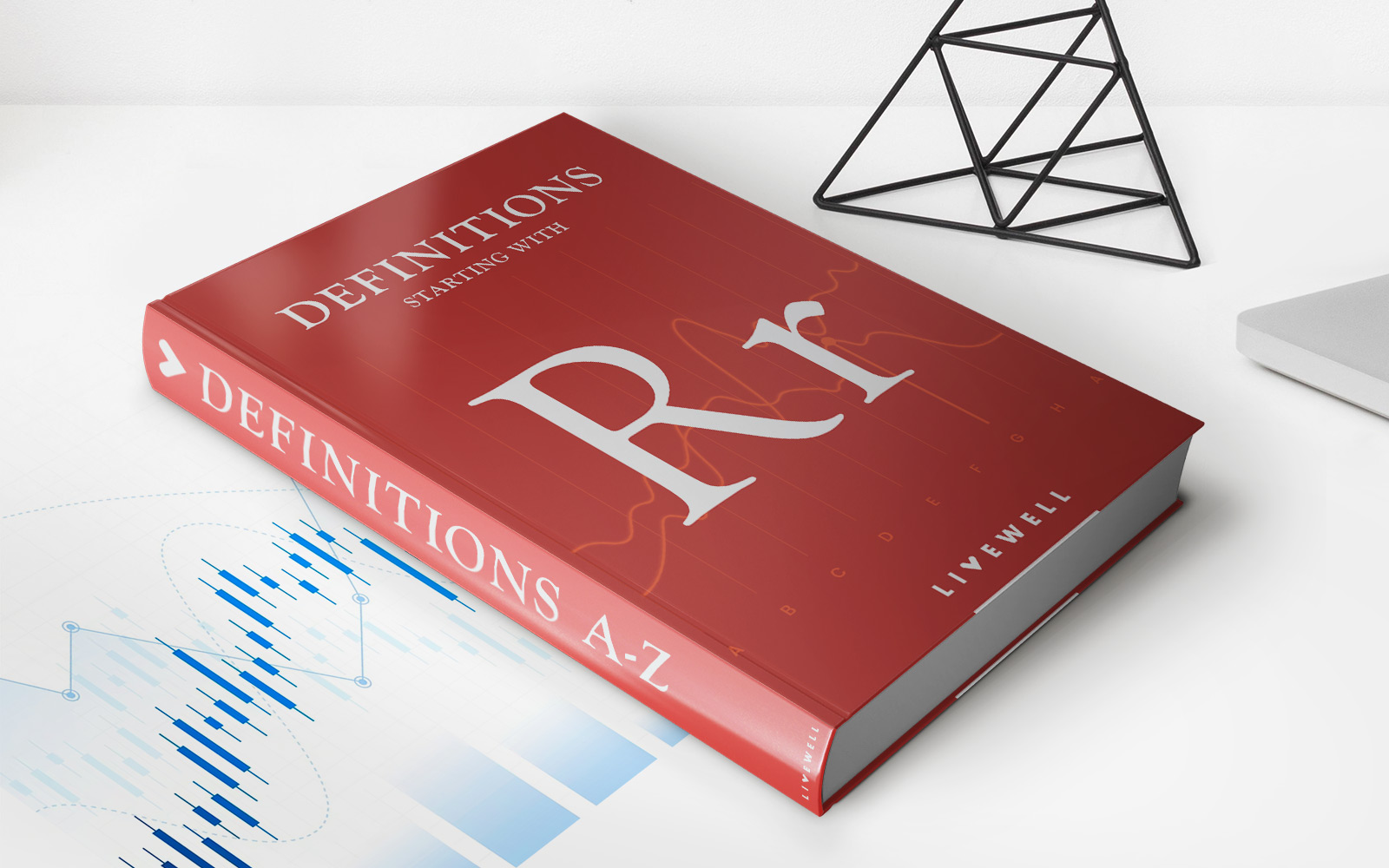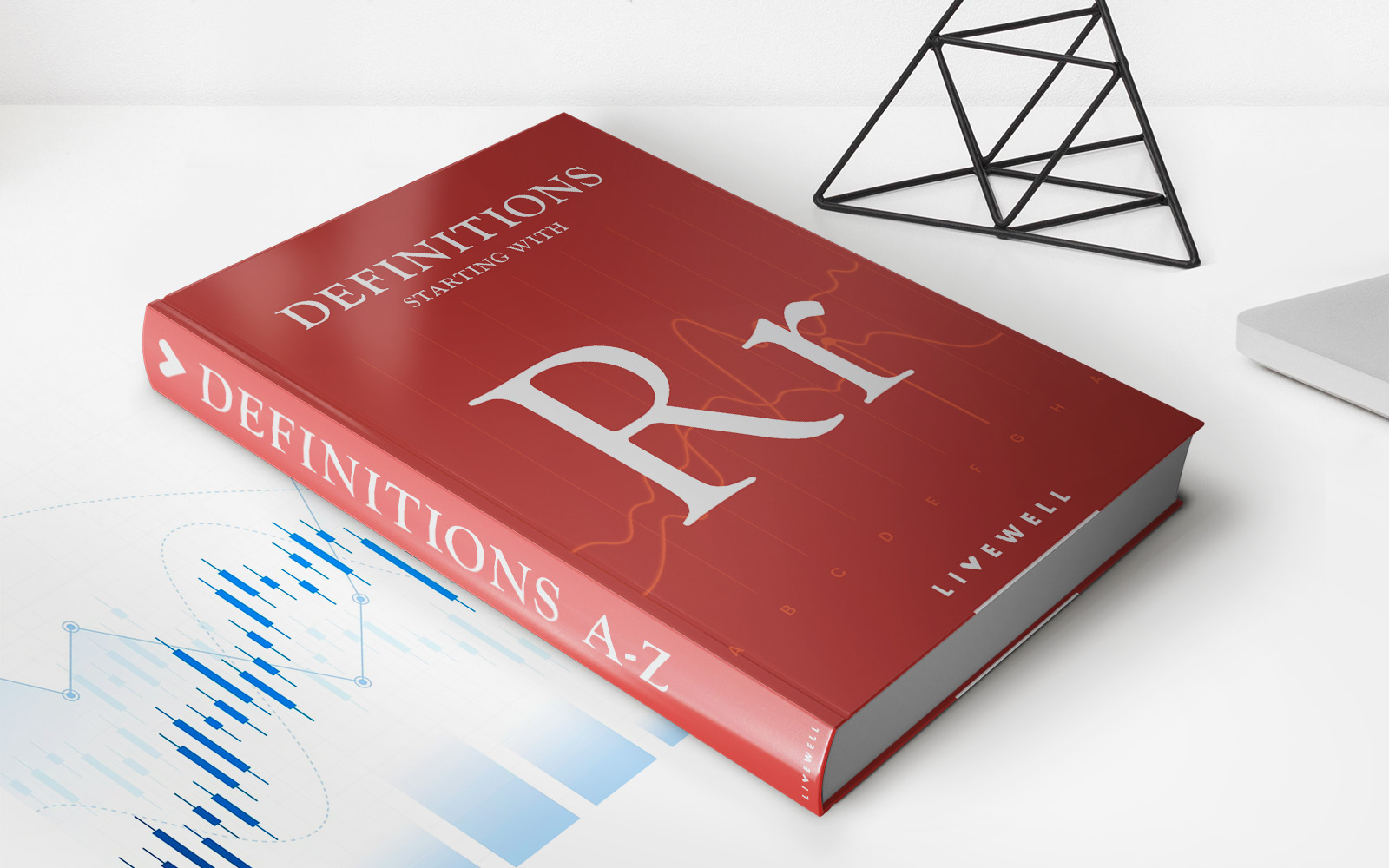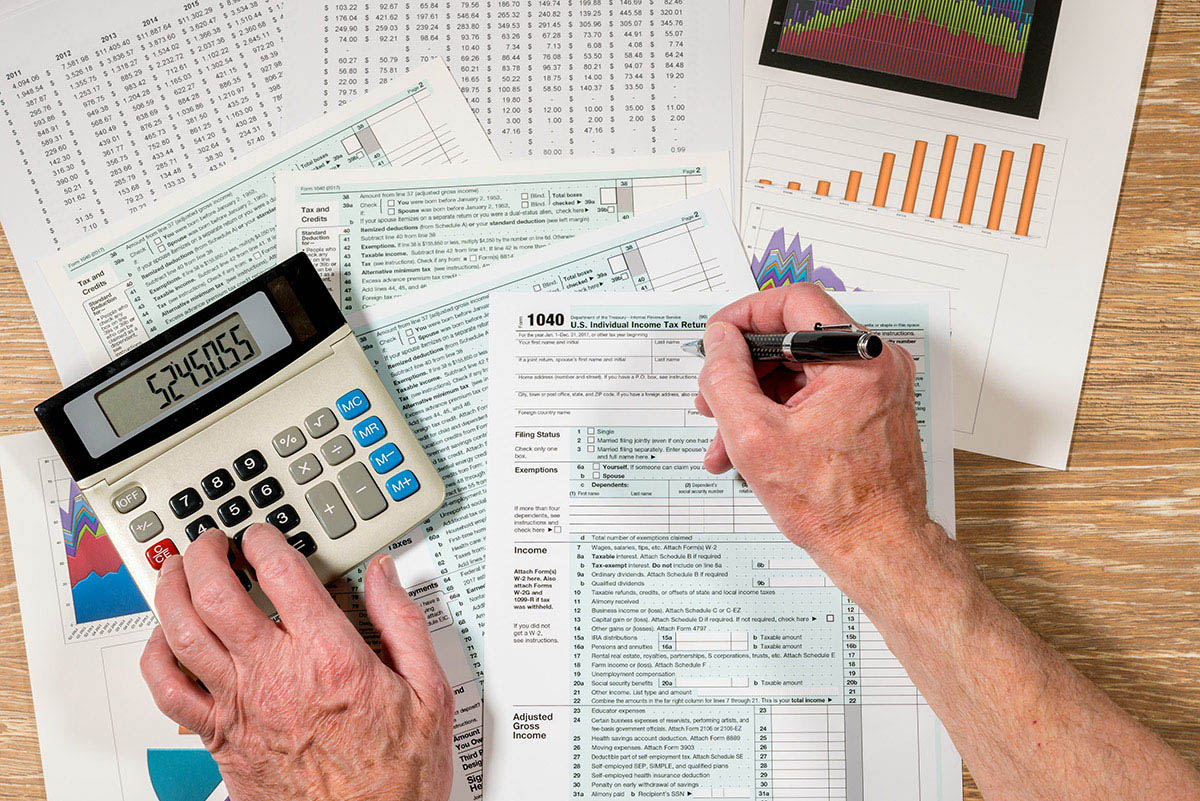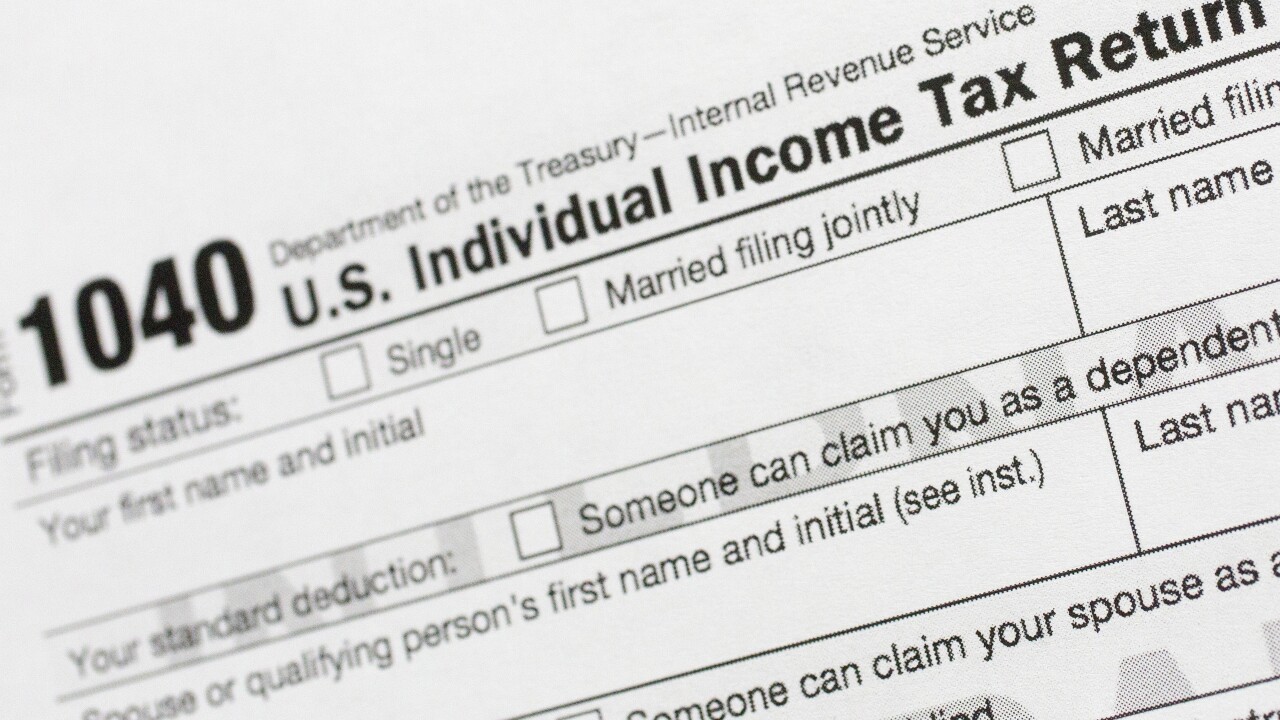Home>Finance>After-Tax Real Rate Of Return Definition And How To Calculate It


Finance
After-Tax Real Rate Of Return Definition And How To Calculate It
Modified: January 16, 2024
Learn how to calculate the after-tax real rate of return in finance. Understand its definition and its importance in making financial decisions.
(Many of the links in this article redirect to a specific reviewed product. Your purchase of these products through affiliate links helps to generate commission for LiveWell, at no extra cost. Learn more)
Understanding After-Tax Real Rate of Return and How to Calculate It
When it comes to finance, understanding the after-tax real rate of return is crucial for making informed investment decisions. But what exactly does this term mean, and how can you calculate it? In this blog post, we will demystify the concept of after-tax real rate of return and provide you with a step-by-step guide on calculating it.
Key Takeaways:
- The after-tax real rate of return measures the actual profit or loss on an investment after accounting for taxes and inflation.
- Calculating the after-tax real rate of return involves adjusting the nominal return for inflation and factoring in relevant taxes.
Before we dive into the nitty-gritty of calculations, let’s first understand what the after-tax real rate of return truly signifies. In simple terms, it tells you how much your investment is growing or shrinking in purchasing power after accounting for taxes and inflation. This important metric allows you to compare investments more accurately, considering the erosion of value caused by inflation and the impact of taxes on returns.
To calculate the after-tax real rate of return, follow these steps:
- Start by determining the nominal return on your investment. This is the return before taxes and other deductions.
- Next, account for inflation by subtracting the inflation rate from the nominal return. This adjustment gives you the real return.
- Now, consider the impact of taxes on your investment. Determine your marginal tax rate, which is the highest tax rate you’re subject to based on your income bracket.
- Calculate the after-tax return by multiplying the real return by (1 – marginal tax rate). This accounts for the taxes you need to pay on your investment gains.
Let’s look at an example to illustrate how to calculate the after-tax real rate of return:
Suppose you invest $10,000 in a mutual fund, and after a year, it grows to $11,500. The nominal return on your investment is $1,500 ($11,500 – $10,000). Now, assume the inflation rate for that year was 3%. To calculate the real return, subtract the inflation rate from the nominal return:
Real return = $1,500 – ($1,500 x 0.03) = $1,500 – $45 = $1,455
If your marginal tax rate is 25%, the after-tax return can be calculated as:
After-tax return = $1,455 x (1 – 0.25) = $1,455 x 0.75 = $1,091.25
Therefore, the after-tax real rate of return on your investment is $1,091.25, providing you with a more accurate picture of the growth in your purchasing power.
Now that you understand the process of calculating the after-tax real rate of return, you can use this metric to evaluate the true performance of your investments. By incorporating taxes and inflation into your assessment, you can make more informed financial decisions that align with your long-term goals.
In conclusion, the after-tax real rate of return is an essential tool for investors as it helps determine the actual growth or decline in purchasing power. By applying the steps outlined in this blog post, you will be able to calculate the after-tax real rate of return on your investments and gain valuable insights into their performance. Make informed decisions and take control of your financial future!














